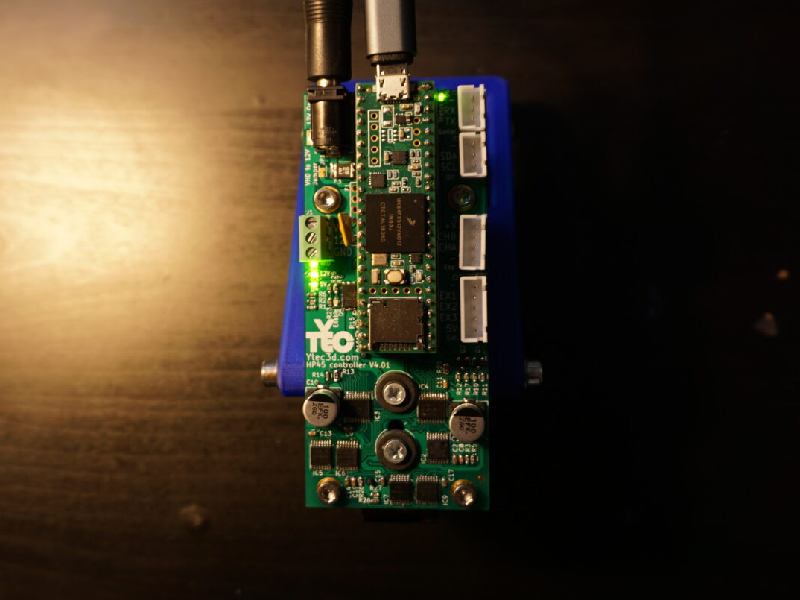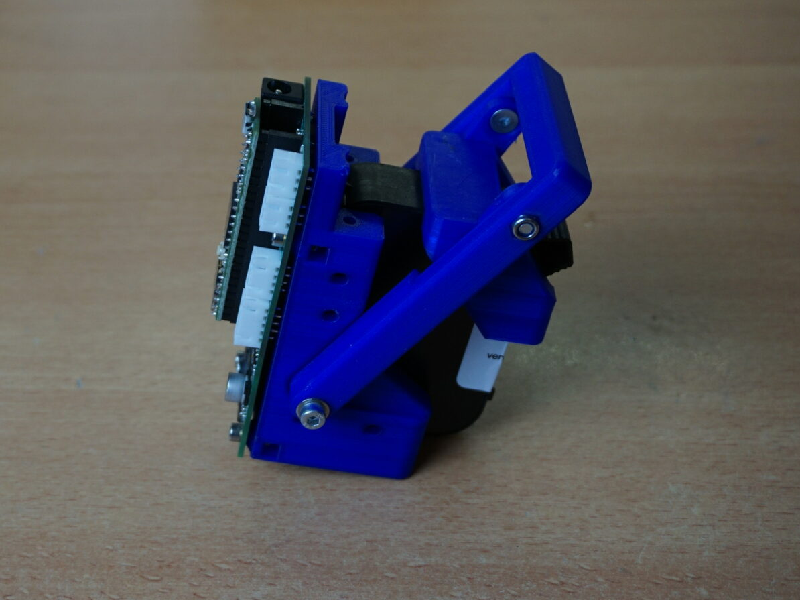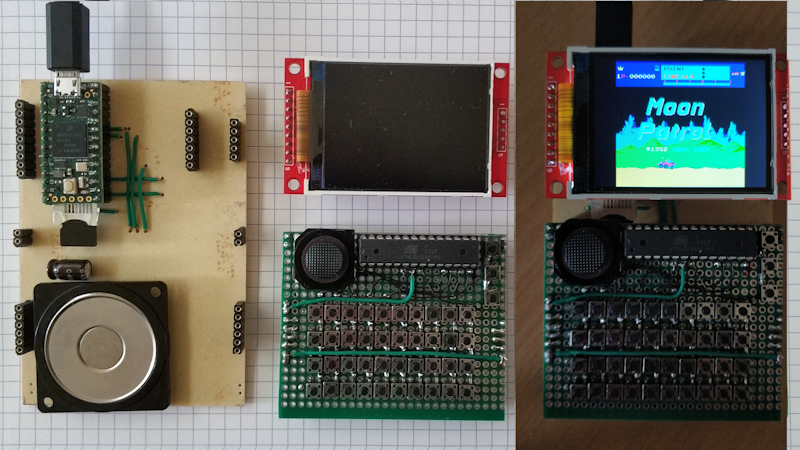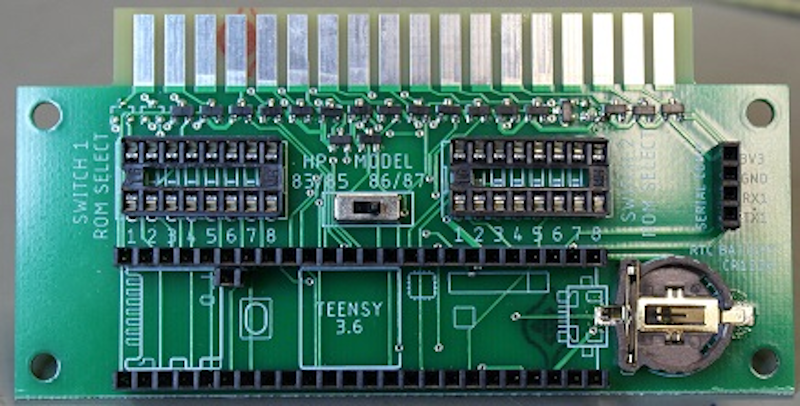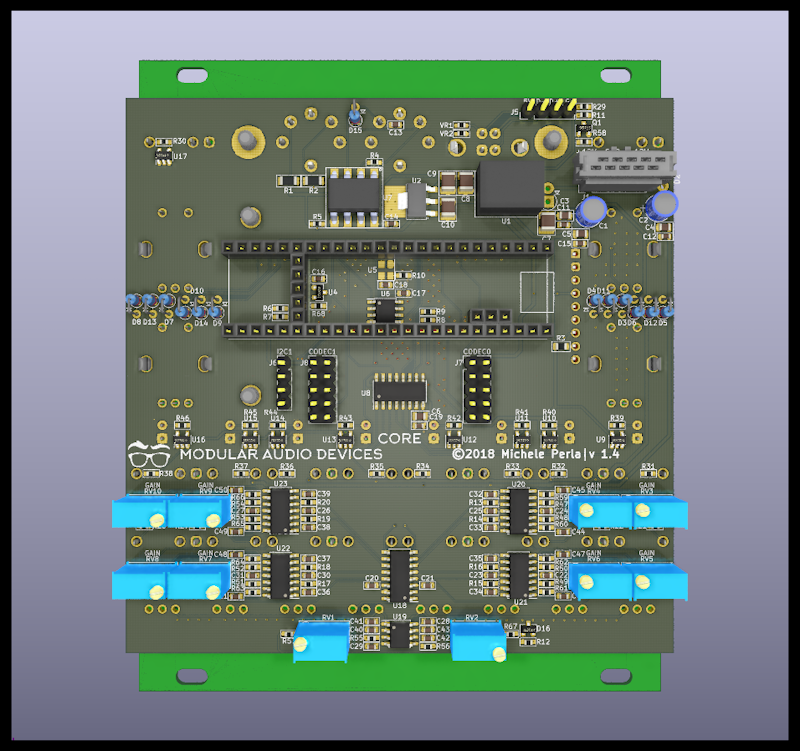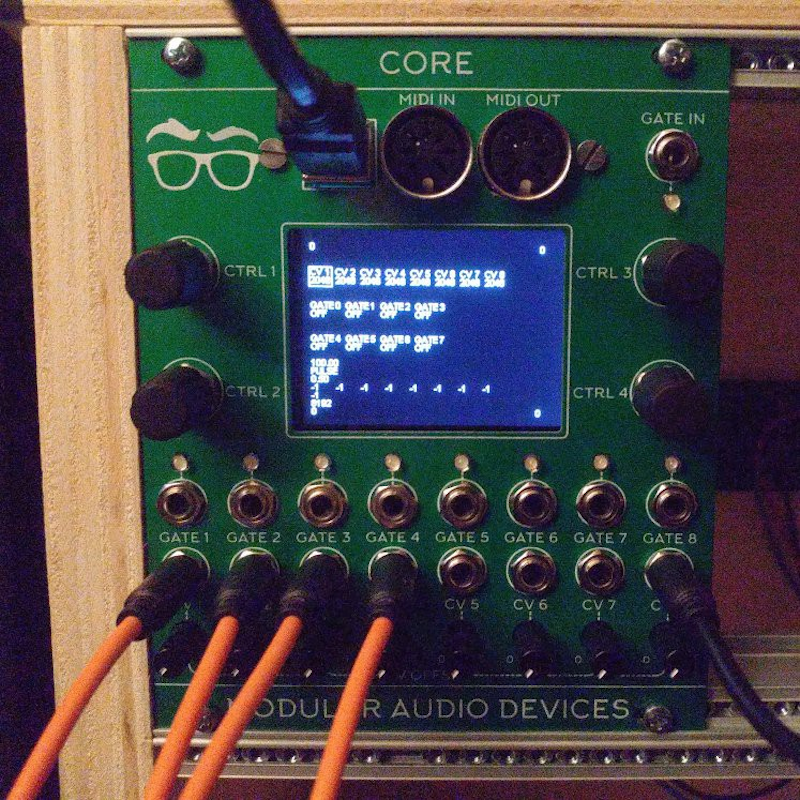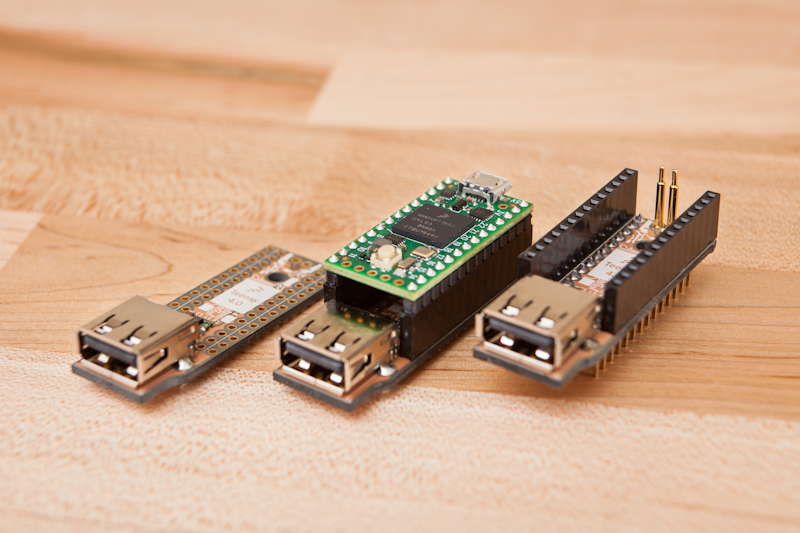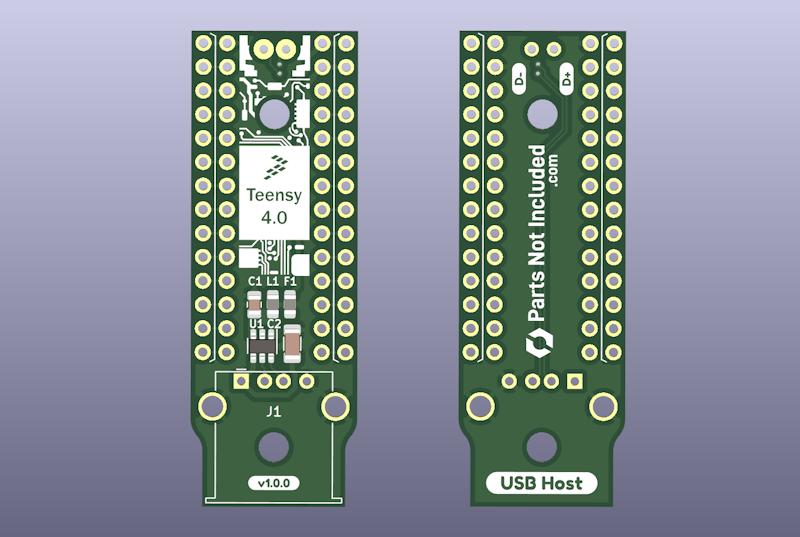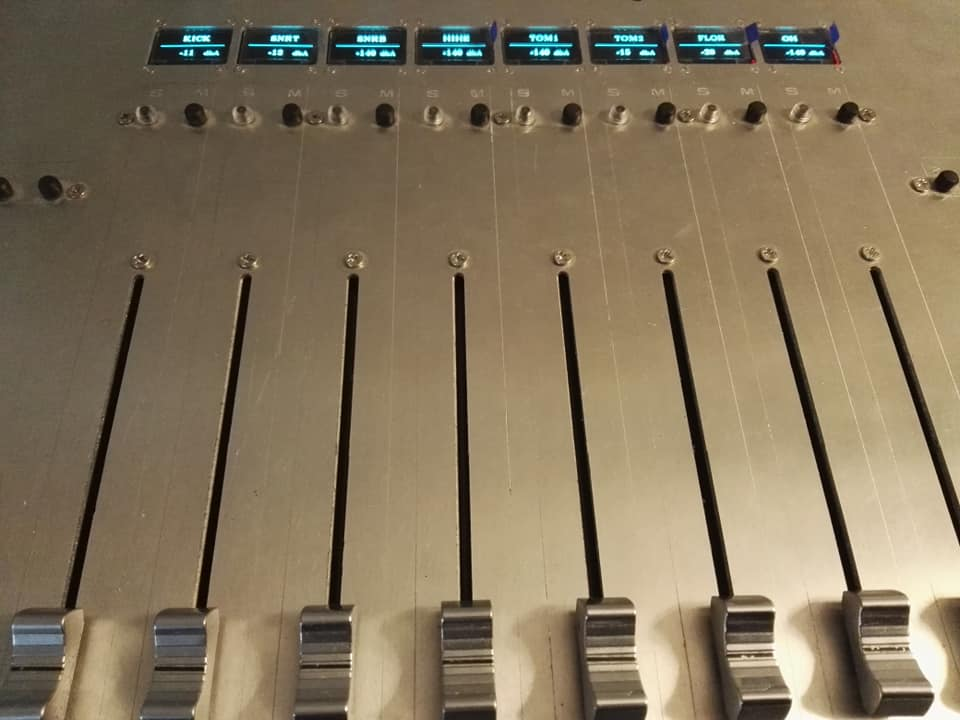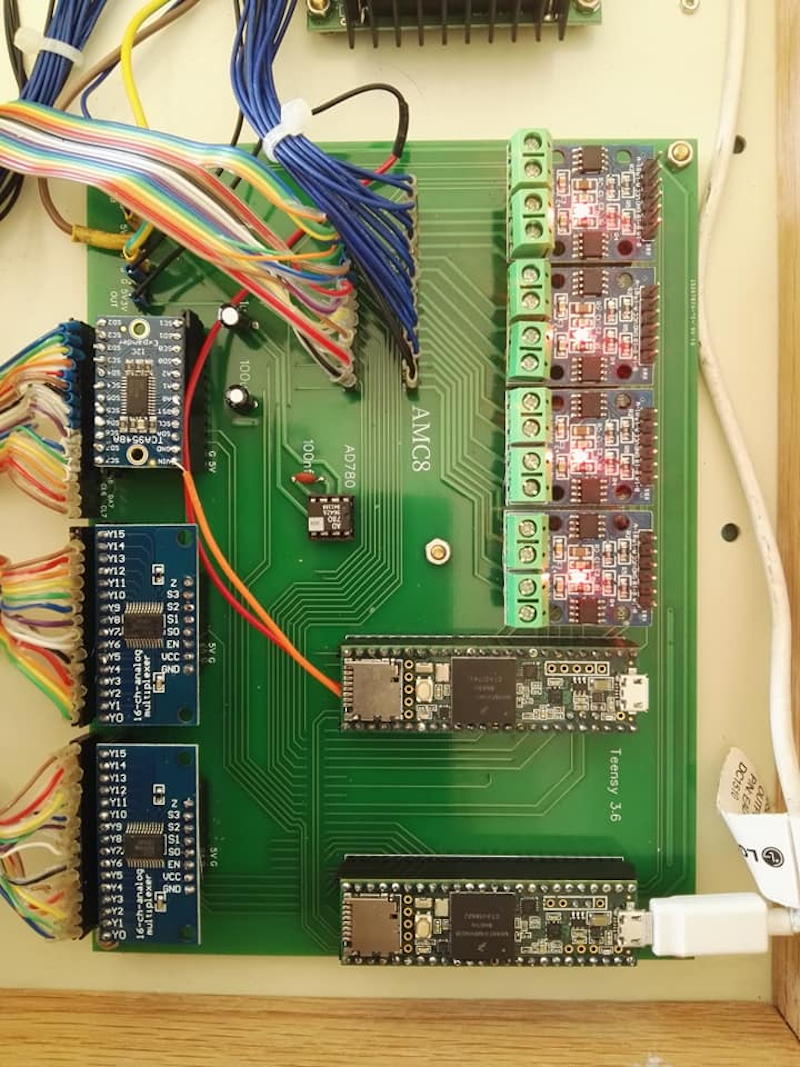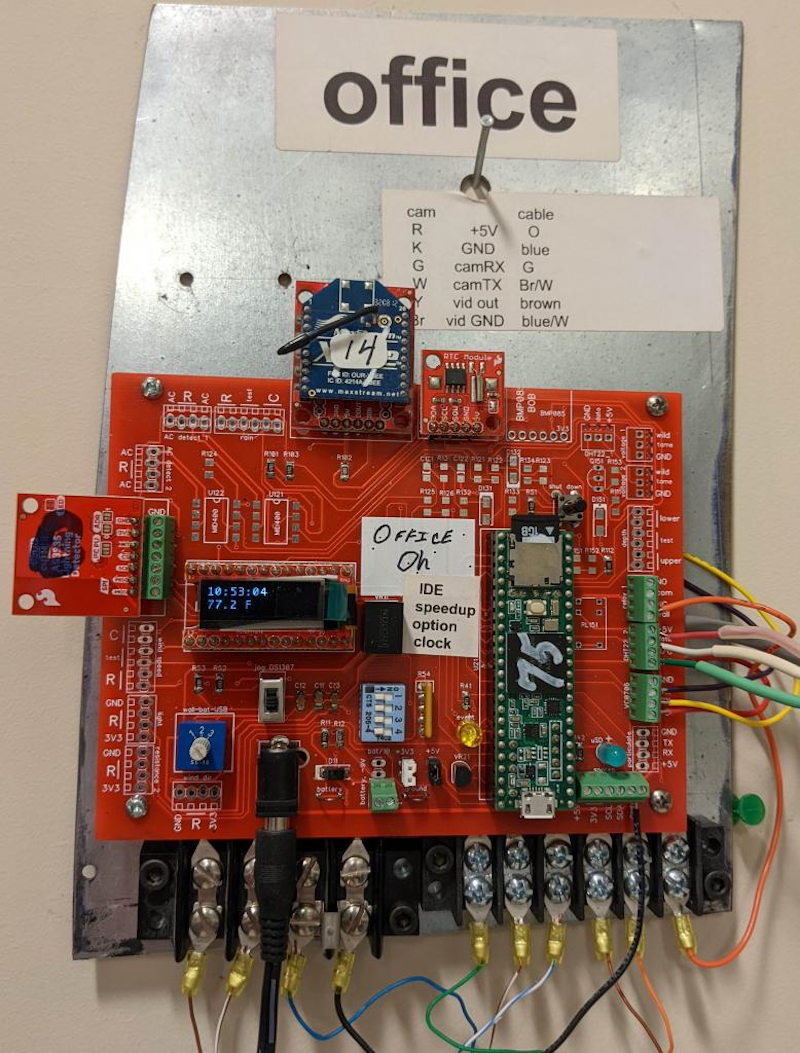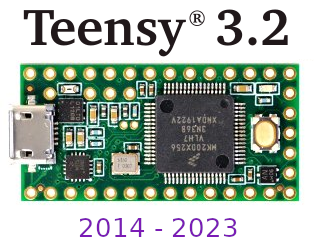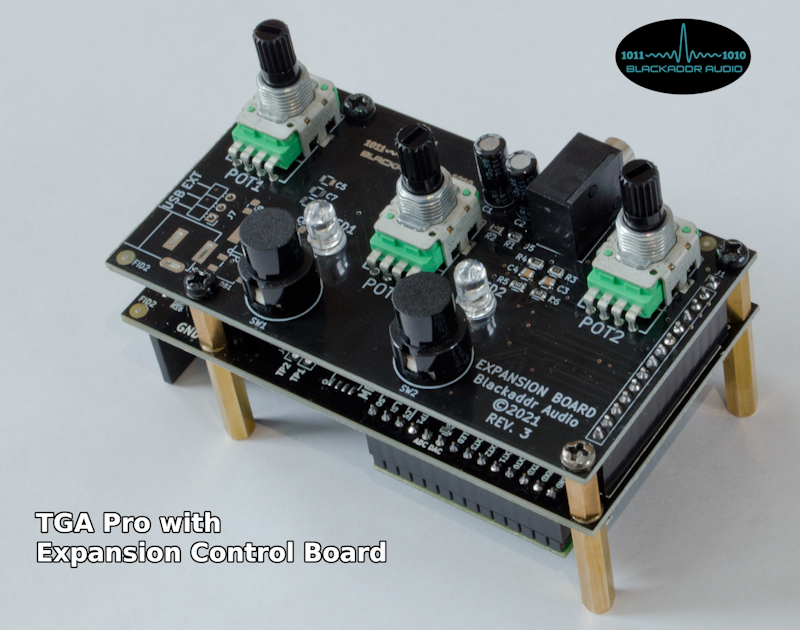When injket printers became commercially available to the home consumer in the 90s, they seemed like a tiny revolution; gone was the dominance of the drab black and white laser, with cheap devices providing full color at a fraction of the cost.
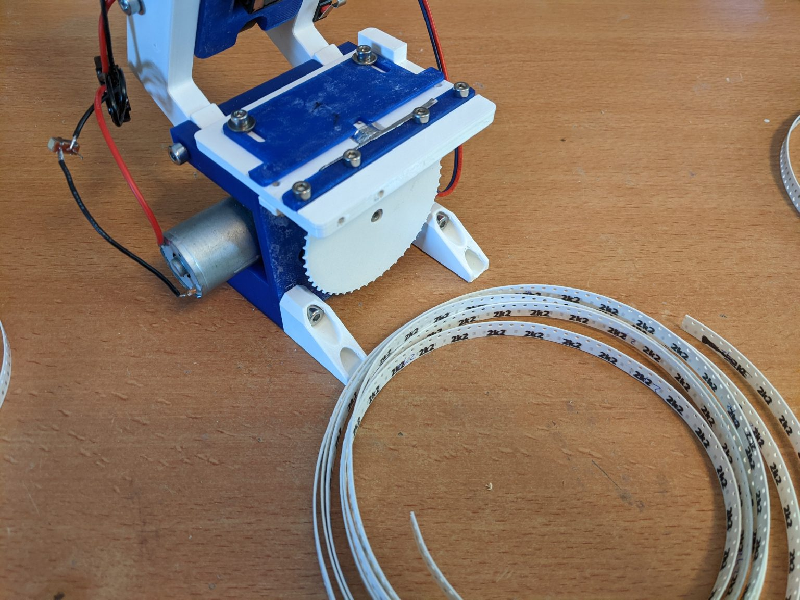
Exploitative refill prices, evil DRM, and a transition away from paper to digital has somewhat stymied the inkjet market of late, but Dutch maker Yvo de Haas is bringing inkjets back with his Teensy 3.5-based controller for the HP-45 inkjet printhead. One application of this controller that caught our eye is an SMD tape printer that lets you mark your parts just like the big vendors.
Using custom software, the controller can manipulate each nozzle on the cartridge in order to output bitmaps. The software and firmware are available on GitHub, and the below video provides a brief glimpse of the controller in action.
